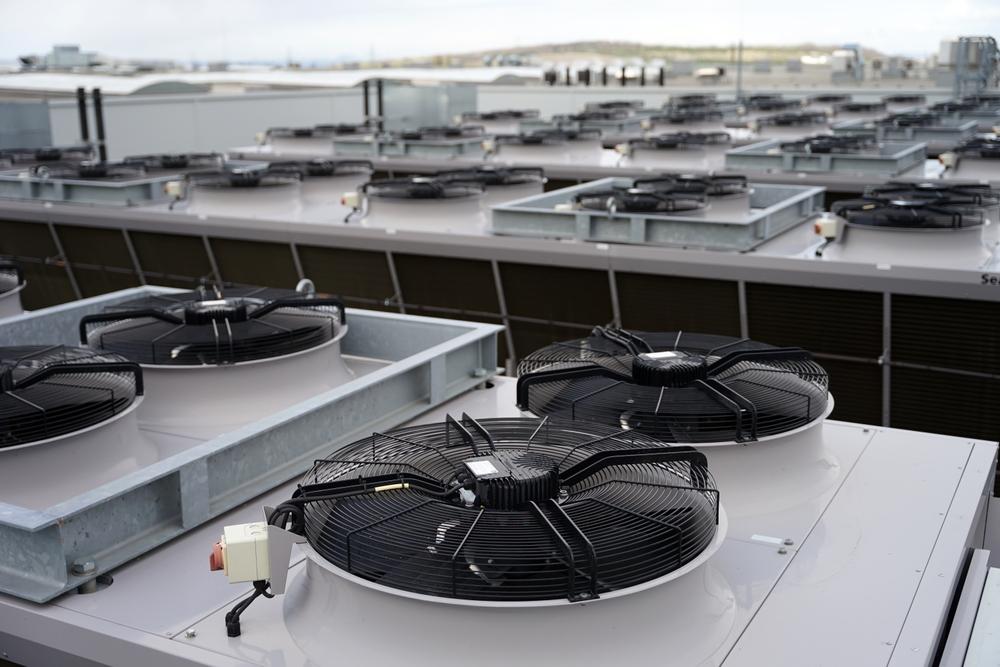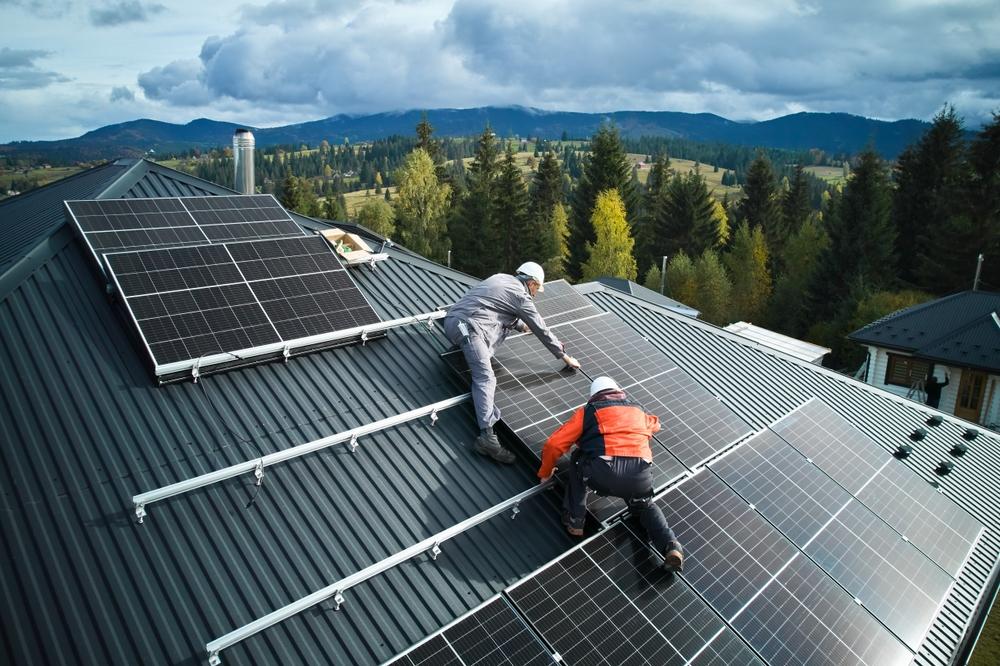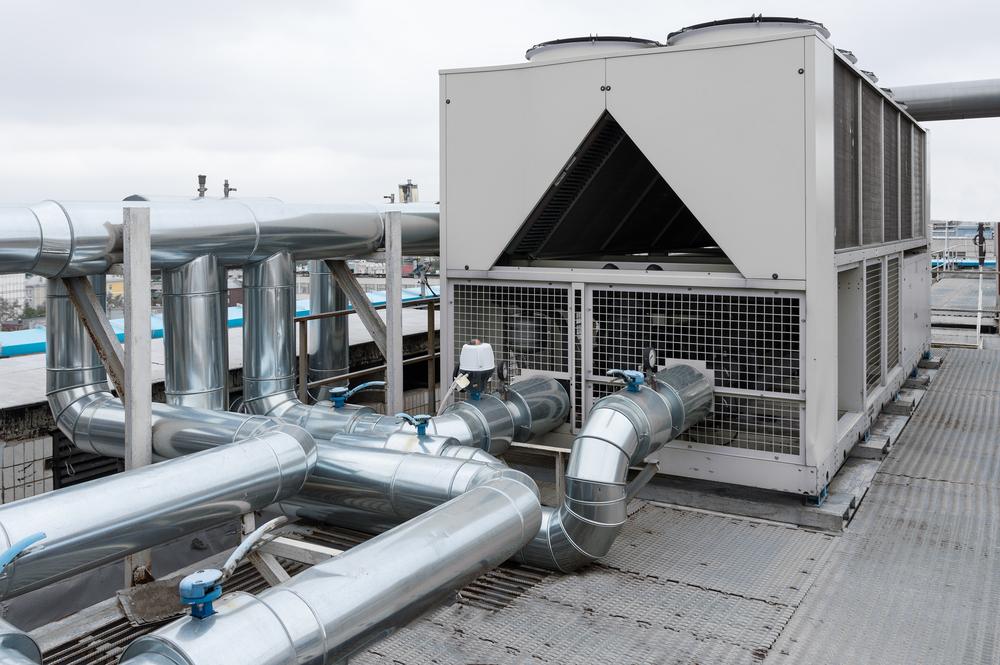Industrial Fans: A Powerful Tool for Efficiency and Comfort
Discover the benefits of industrial fans for improving air quality, reducing energy costs, and enhancing comfort in your commercial or industrial space.
Industrial fans are essential equipment in various commercial and industrial settings. These high-performance fans are designed to provide efficient air circulation, improve ventilation, and enhance comfort in large spaces. Whether you're working in a factory, warehouse, or retail store, industrial fans can significantly impact productivity and overall well-being.
Types of Industrial Fans
There are several types of industrial fans available, each with its own unique characteristics and applications:
- Axial Fans: These fans have blades that rotate parallel to the fan's axis, creating a high-velocity airflow. They are commonly used for general ventilation, cooling, and dust extraction.
- Centrifugal Fans: These fans have blades that rotate perpendicular to the fan's axis, creating a high-pressure airflow. They are ideal for applications that require high static pressure, such as long duct runs or large air volumes.
- Rooftop Fans: These fans are mounted on the roof of a building and are used to exhaust hot air and improve ventilation. They are particularly effective in reducing energy consumption and improving indoor air quality.
- Jet Fans: These fans create a high-velocity jet of air that can be directed to specific areas. They are often used for spot cooling, ventilation, and dust removal.
- Industrial Ceiling Fans: These large fans are suspended from the ceiling and are designed to circulate air throughout a large space. They are effective in reducing energy consumption and improving comfort.

Benefits of Using Industrial Fans
- Improved Air Circulation: Industrial fans help to circulate air throughout a space, ensuring that fresh air reaches all areas. This can improve productivity and reduce fatigue.
- Enhanced Ventilation: By removing stale air and bringing in fresh air, industrial fans can help to improve ventilation and reduce the risk of indoor air quality problems.
- Reduced Energy Costs: Industrial fans can help to reduce energy costs by improving the efficiency of HVAC systems. By circulating air more effectively, fans can help to reduce the load on heating and cooling equipment.
- Increased Comfort: Industrial fans can improve comfort by creating a pleasant breeze and reducing the perceived temperature. This can make it easier for employees to work and customers to shop.
- Improved Safety: Industrial fans can help to improve safety by reducing the risk of heat-related illnesses and improving visibility in dusty environments.
Factors to Consider When Choosing an Industrial Fan
When selecting an industrial fan, there are several factors to consider:
- Size of the Space: The size of the space to be ventilated will determine the size and type of fan needed.
- Airflow Requirements: The amount of airflow required will depend on the specific application and the desired level of ventilation.
- Static Pressure Requirements: If the fan will be used to push air through ducts or other restrictions, it will need to be able to handle a certain amount of static pressure.
- Noise Levels: Noise levels can be a concern in some environments. Industrial fans are available in various noise levels to meet specific requirements.
- Energy Efficiency: Energy efficiency is an important consideration, especially for large-scale applications. Look for fans with high efficiency ratings.
Conclusion
Industrial fans are essential tools for improving efficiency, comfort, and safety in a wide range of commercial and industrial settings. By understanding the different types of fans and their benefits, you can choose the right fan to meet your specific needs and create a healthier, more productive work environment.











